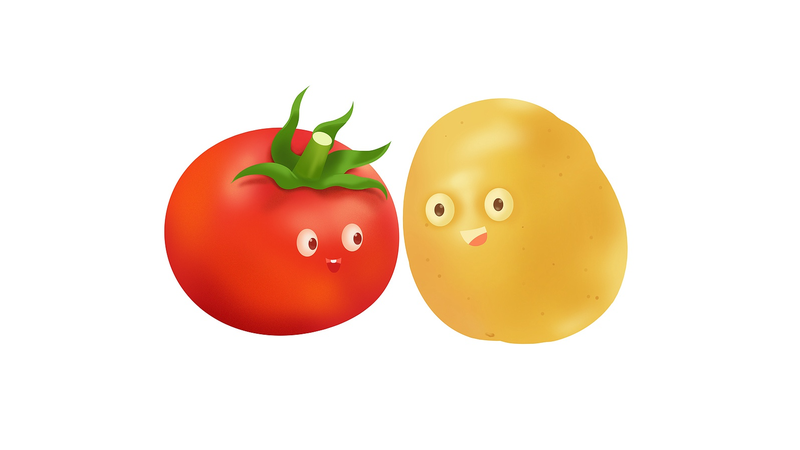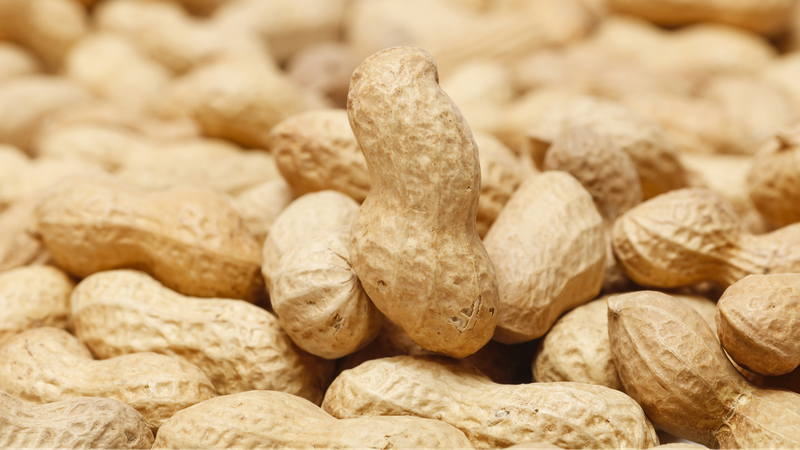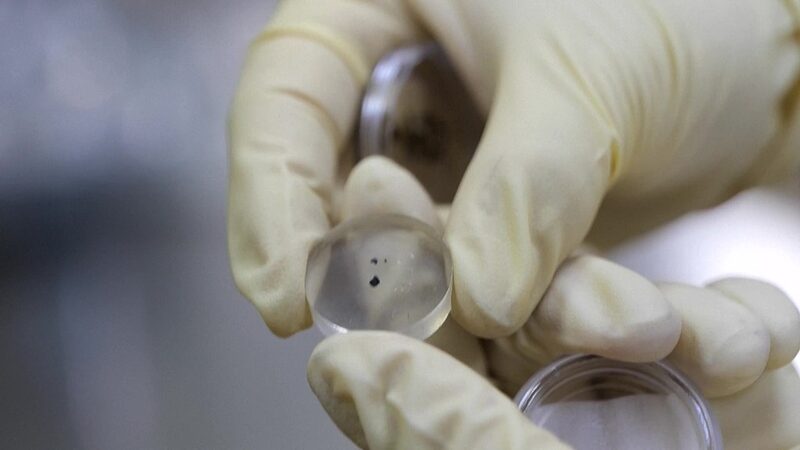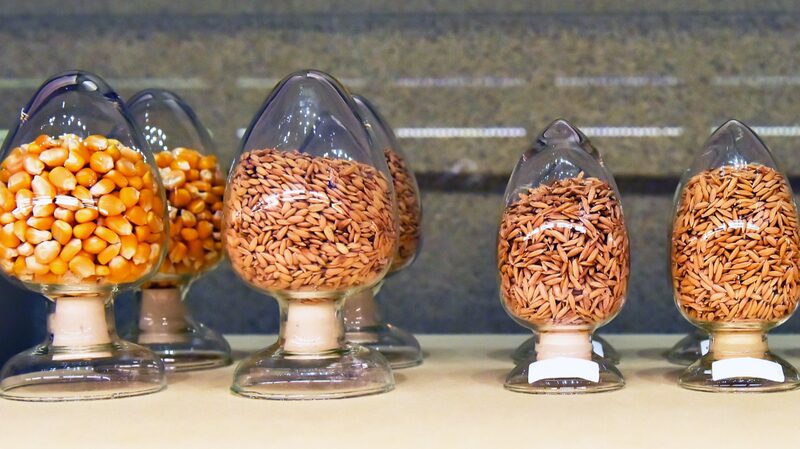In a discovery reshaping agricultural history, scientists have identified the tomato as the 'mother' of the potato through an ancient hybridization event dating back 9 million years. Published in Cell journal, the study by researchers from the Agricultural Genomics Institute in Shenzhen, the Chinese Academy of Agricultural Sciences, and Lanzhou University—with international collaborators—sheds light on the origins of the world’s third-largest staple crop.
The Genetic 'Paternity Test'
By analyzing 101 genomes and 349 resequenced samples from wild and cultivated potatoes, the team traced the tuber’s lineage to a natural cross between tomato plants and a wild potato-like species called Etuberosum. 'The tomato served as the maternal parent, while Etuberosum was the paternal parent,' said Huang Sanwen, lead researcher.
Birth of the Tuber
The hybrid offspring developed a novel organ: the tuber. Key genes like SP6A (from tomatoes) and IT1 (from Etuberosum) combined to enable underground starch storage, granting potatoes resilience against drought and cold. This adaptation fueled their global spread, from South American highlands to temperate farmlands.
Implications for Food Security
The findings offer a roadmap for genetic breeding to enhance crop yields and climate adaptability. 'Understanding this evolutionary leap could help us develop hardier potato varieties,' Huang noted, emphasizing the tuber’s role in sustaining populations through climatic shifts.
As researchers decode the 'mosaic' genetic patterns in modern potatoes, this breakthrough underscores the untapped potential of plant hybridization in addressing global food challenges.
Reference(s):
cgtn.com





